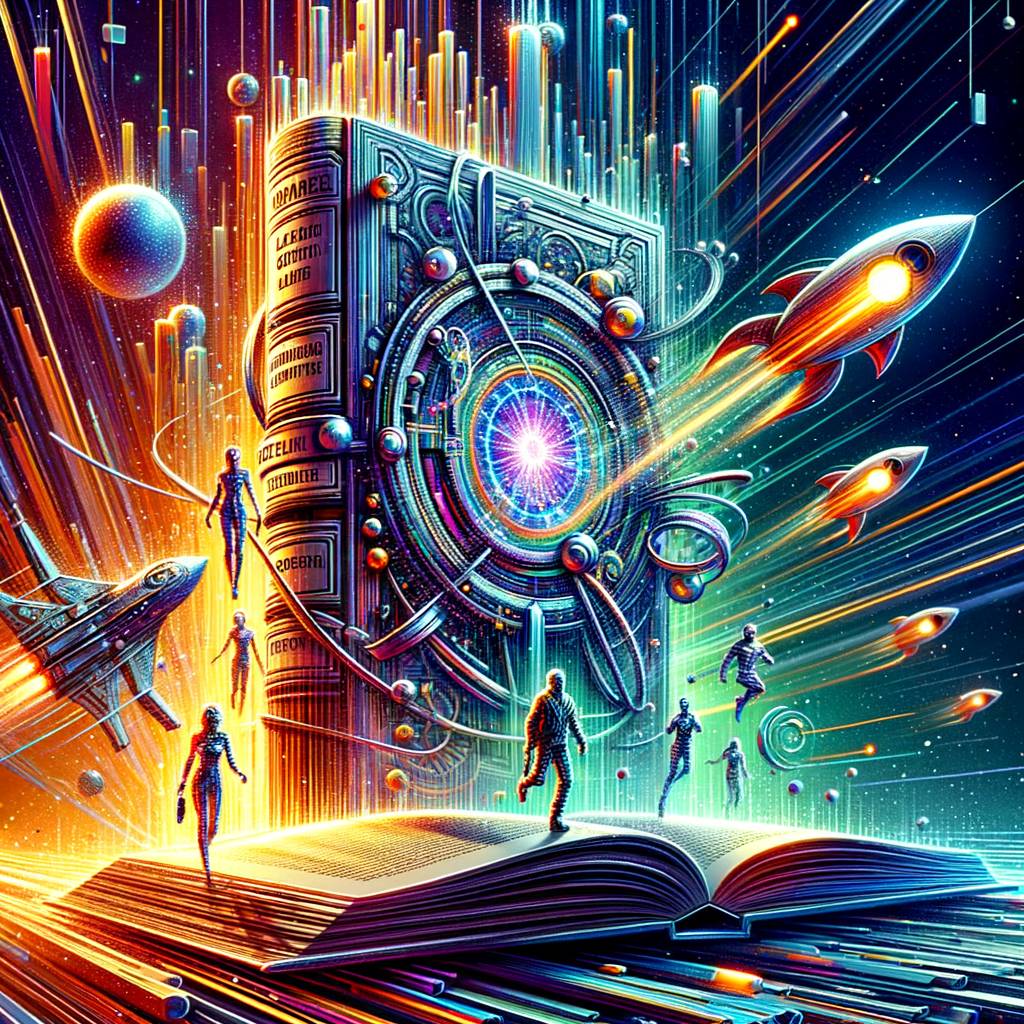Time, Space, and Self-Discovery: The Enduring Appeal of A Wrinkle in Time by Madeleine L’Engle

Since its publication in 1962, A Wrinkle in Time by Madeleine L’Engle has captivated readers of all ages with its unique blend of science fiction, fantasy, and coming-of-age narrative. The novel’s enduring appeal lies in its exploration of timeless themes such as time, space, and self-discovery. This article delves into the reasons behind the book’s lasting popularity and its impact on literature and popular culture.
Exploring the Unknown: Time and Space in A Wrinkle in Time
In A Wrinkle in Time, L’Engle introduces readers to the concept of “tesseract” or a “wrinkle in time,” a means of traveling through time and space using the power of the mind. This innovative concept not only fuels the novel’s plot but also encourages readers to ponder the mysteries of the universe.
As L’Engle herself said in an interview, “You can’t talk about space without talking about time. They’re inseparable.”1 This intertwining of time and space in the narrative allows for a thrilling adventure that transcends the boundaries of our known reality.
Self-Discovery and Personal Growth
At its heart, A Wrinkle in Time is a story of self-discovery. The protagonist, Meg Murry, embarks on a cosmic journey that ultimately leads to a deeper understanding of herself. Through her experiences, readers are invited to reflect on their own personal growth and self-identity.
L’Engle’s portrayal of Meg as a flawed yet relatable character has resonated with readers across generations. As literary critic Ruth Franklin notes, “Meg’s struggle to accept herself…is one of the book’s most enduring themes.”2
The Impact of A Wrinkle in Time
Over the years, A Wrinkle in Time has left a significant mark on literature and popular culture. It has inspired numerous adaptations, including a 2018 film directed by Ava DuVernay. The novel has also influenced a generation of authors, with best-selling writer Neil Gaiman citing it as a major inspiration.3
Moreover, A Wrinkle in Time has been recognized for its contribution to children’s literature. It won the prestigious Newbery Medal in 1963 and continues to be a staple in school curriculums worldwide.
Conclusion: The Timeless Appeal of A Wrinkle in Time
In conclusion, the enduring appeal of A Wrinkle in Time lies in its exploration of universal themes and its innovative approach to storytelling. Through its depiction of time, space, and self-discovery, the novel continues to inspire readers to ponder the mysteries of the universe and their place within it.
As Madeleine L’Engle once said, “A book, too, can be a star, a living fire to lighten the darkness, leading out into the expanding universe.”4 Indeed, A Wrinkle in Time continues to shine brightly, illuminating the path of self-discovery for readers of all ages.
1 “Madeleine L’Engle: The Storyteller’s Story.” The New York Times, 2001.
2 Franklin, Ruth. “The Fantastic Legacy of Madeleine L’Engle.” The New Yorker, 2018.
3 Gaiman, Neil. “Neil Gaiman: Why our future depends on libraries, reading and daydreaming.” The Guardian, 2013.
4 L’Engle, Madeleine. A Wrinkle in Time. Farrar, Straus & Giroux, 1962.



